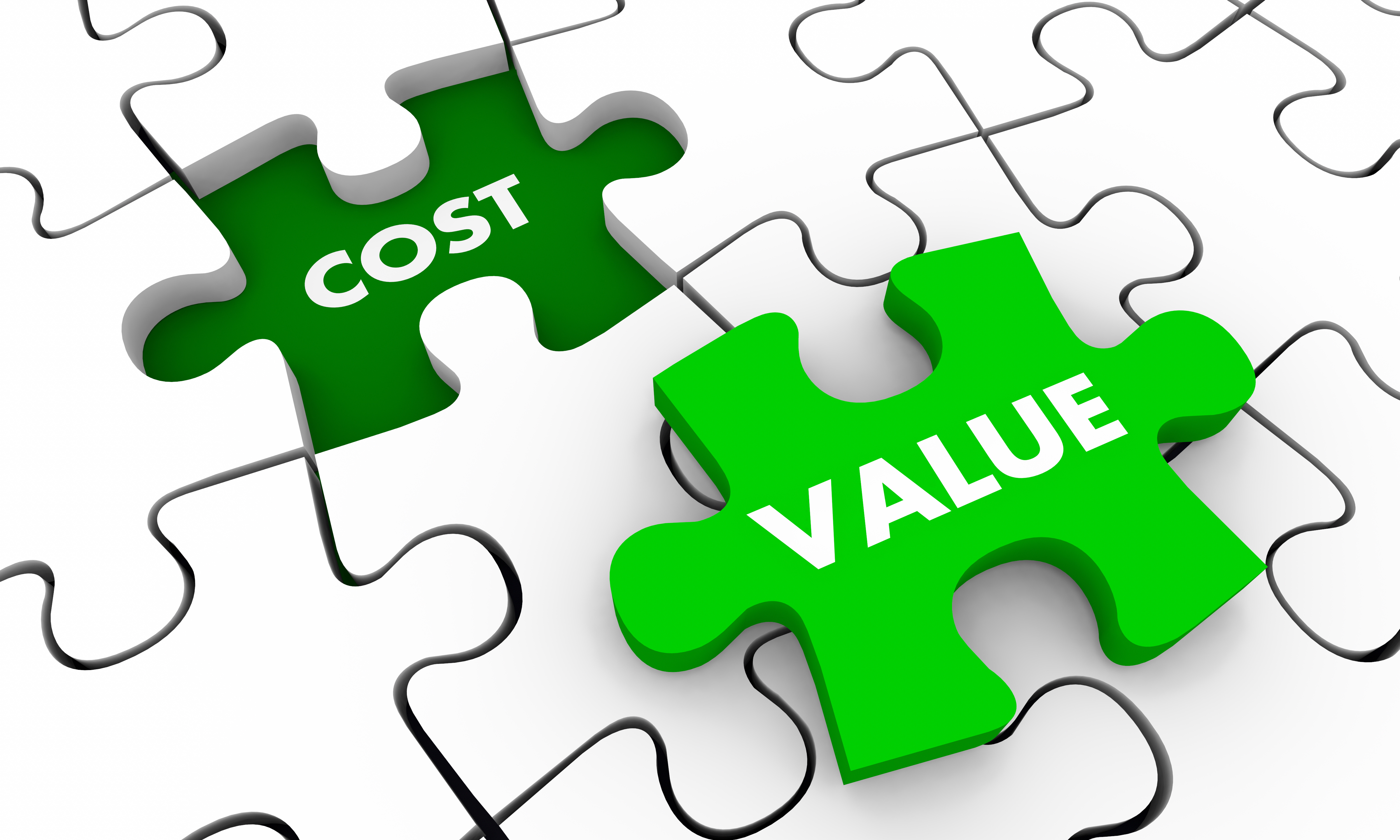Return-Me, Return-Me-Not
By Roni Mayer, OtailO Returns ltd.
Remember thousands of days ago when you were just a kid? There was a game that we used to play with flowers. You choose a flower. You pluck its petals one by one. Bearing in mind the object of your affection, for each petal you alternate between “s/he loves me” and “s/he loves me not”. The last petal was the petal of truth. The game originated in France and is over 180 years old. It’s a whimsical game with several variants. Consider: “s/he loves me” and “s/he loves me lots”. But it’s hardly random. With rudimentary math skills and a simple flower, you could single-handedly determine the outcome.
This simplistic petal game is reminiscent in many ways to the returns industry. The decision what to return is – well it would be unfair to call it random – but it is mostly a function of an overlaying global policy. It’s a one size fits all approach. As if all flowers in the world have the same number of petals. As if “s/he loves me” and “s/he loves me not” is binary. It’s not. If anything, the petal game – so far as returns go – is more like its variant: “return me” and “return me lots”.
If we put aside petals, affection forecasting and nostalgia, e-commerce returns are in fact countable, measurable and not necessarily an insurmountable unknown commodity. In fact, the data is there. If you want to give a real value to the question return-me or return-me-not, this is doable and advisable. If you want to do it well, you must go deep and wide. You must venture to understand each and every individual return: in other words, stop and smell the flower. The following parameters are some examples of both soft costs and other variables to be taken into consideration. The list is not exhaustive and is not prioritized.
COSTS OF LOGISTICS (whether inbound or outbound: each needs to be calculated separately and should include costs related to cross-border and import/exports). Some of the overt costs include shipping, transportation, picking and packing, handling and processing.
THE RETURN ITEM What is being returned? What’s its weight? How far has it travelled to get to the point of purchase? What’s the original asking price? What are the COGs? What is the return policy? By the way, do also consider who is the returner. While a cost can’t be assigned to this variable per se, the decision to award a refund will be the difference between this person staying loyal or shopping elsewhere. So, if there is a price to be put on customer churn, it is worthwhile to ask a few questions like, is this a prolific buyer who seldom returns, or a prolific returner who seldom buys? These kinds of insights are gold when it comes to customer loyalty and retention, and we in the industry know that an efficient and easy-to-use returns process is key to customer conversion.
COSTS OF REFURBISHIING, RECYCLING, DONATION OR RESALE Ultimately, each one of these points are potential destinations for the return. Knowing the overall costs that each one incurs upfront – even an average – should significantly ease decision making on which route to select. The costs associated with these routes should include the time, resources, and any integrated costs of logistics that should be included as a result of the selected route. If it does not make economical sense to return the item, an alternative route should be provided, because – well – that item is not going to return itself. Just weighing in on a current trend to “gift” the item to the returner in lieu of any alternative route, the decision to not make a decision and leave the return where it is, is not good for anyone, not the merchants, returners or the planet – even if in the short term the customer may feel like they have benefitted.
To make the calculation of what happens next at the point of return – makes a whole lot of business sense. The longer the return is in limbo, the more it depreciates, and the less likely we are to find a next life with any value for it.
The question of return-me, return-me-not, is not existential. If you take the aforementioned variables and lay them, out the fate of the return will be weighed against a logical scale. If the cost of return is more than the value of the returned item, it is a no brainer to opt for a more economical alternative. For this reason, it is not always necessary to take all the parameters into consideration. For very low ticket items or items sold through special promotions, discounts or end-of season, just taking into consideration logistics-related costs, it is unlikely to ever be economically viable to choose to make a return.
In other words, returns really is a numbers game, not unlike counting petals, but in this case- you get to count and leave the flower whole.

 Roni Mayer
Roni MayerRoni Mayer is the CEO & Co-founder of OtailO. She has been in the global software industry in senior leadership positions for many years, strongly focusing on organisational development and strategy and digital transformation. Roni is a storyteller and published author. She has four kids and loves creative pursuits like drawing and gardening.